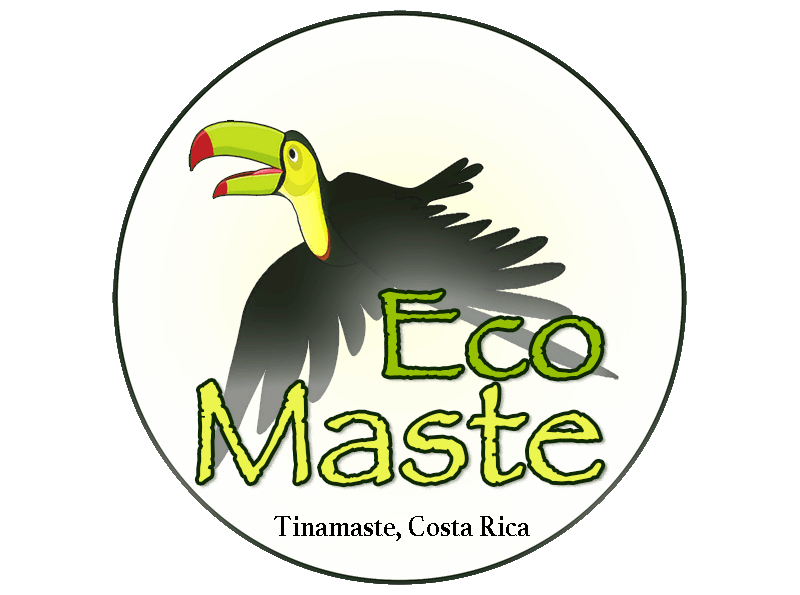Passion Flower or Passiflora is part of a genus with around 550 species of flower plants.
It is part of the Passifloraceae family. With such a vast diversity it produces a variety of stunning flowers and fruits.
There is some confusion over the fruits that the Passiaflora genus bears. Here is some information to clear things up:
The most widely known and edible fruits can be divided into four categories:
Purple Passion fruit ( Passiflora edulis Sims),
Yellow Passion fruit (Passiflora edulis f. flavicarpa Deg.),
Sweet Granadilla fruit (Passiflora ligularis),
Giant Granadilla fruit (Passiflora quadrangularis L.)
WikiPedia.Passion Fruit.2023. Retrieved April 28, 2023 from, https://en.wikipedia.org/wiki/Passion_fruit_(fruit)
This beautiful and fascinating plant has a long history of use in traditional medicine and as a decorative addition to gardens. This stunning vine boasts intricate, showy flowers and delicious fruit, making it a beloved plant for gardeners and nature enthusiasts alike.
The passion flower is native to the southeastern United States, but can now be found growing in many other parts of the world. It is a perennial vine that can grow up to 30 feet long and produces large, complex blooms that are truly breathtaking.
The flowers have a unique shape with a central disc surrounded by a crown of filaments and a fringe of purple petals. They bloom from midsummer to fall and are often visited by bees, butterflies, and hummingbirds. Here in Costa Rica our Passion Flower has been blooming since mid-April and currently is full of flowers blooming and just about to open!

Folklore & History: The name passion flower is derived from people associating this beautiful flower with the Passion of Christ. The 10 petals represent the 10 of the 12 disciples, excluding Judas and Peter, the 5 stamens represent the wounds of Christ. The knob-like stigmas have a resemblance to nails and the petals are similar to the crown of thorns.
Passionflower – Plant of the Month, March 2022. Retrieved Apr 28, 2023 from, https://www.holisticlivingschool.org/2022/02/21/passionflower-plant-of-the-month-march-2022/
Traditional & Practical Medicinal uses: In addition to its ornamental value, passion flower has a long history of use in traditional medicine. Native Americans used the plant to treat anxiety and insomnia, and it was later introduced to Europe as a natural sedative. Today, passion flower is still used as a natural remedy for anxiety, insomnia, and other nervous system disorders. Its calming properties are thought to be due to the presence of compounds like flavonoids and alkaloids.
The flowers, vines and stems can all be utilized; however, the flowers are best used for culinary purposes. They can bring a slight sweetness to salad and tea.
The leaves and vines can be made into teas, tinctures and capsules for their medicinal properties.

Magical Uses: Passion flower placed in the home to ease tension, problems and bring forth peace. Its power is peace, sleep and friendships. When carried it attracts friends and popularity. You can place under your pillow to support sleep.
Passion flower fruit is delicious and nutritious. The fruit is small and round, with a tough outer shell and juicy, aromatic flesh inside. It is high in vitamins A and C, as well as antioxidants and fiber. The fruit is used in a variety of culinary dishes, from jams and jellies to smoothies and cocktails.
Whether you are interested in its medicinal properties, its ornamental value, its delicious fruit or magical powers, the passion flower is a fascinating and beautiful plant that is sure to delight. So why not add this stunning vine to your garden or home today?
Resources:
WikiPedia.Passion Fruit.2023. Retrieved April 28, 2023 from, https://en.wikipedia.org/wiki/Passion_fruit_(fruit)
Soto, B.B. Passion Flower – Plant of the Month, March 2022. Retrieved Apr 28, 2023 from, https://www.holisticlivingschool.org/2022/02/21/passionflower-plant-of-the-month-march-2022/
Passiflora ligularis - Juss.Retrieved Apr 28, 2023 from, https://pfaf.org/user/Plant.aspx?LatinName=Passiflora+ligularis
Cunningham, Scott. Cunningham’s Encyclopedia of Magical Herbs.1985.
If you enjoyed this article be sure to opt into our email list. Scroll to the bottom of our homepage to subscribe!
To learn more about medicinal plants Join Amanda Luna for guided Plant Walks by appointment











